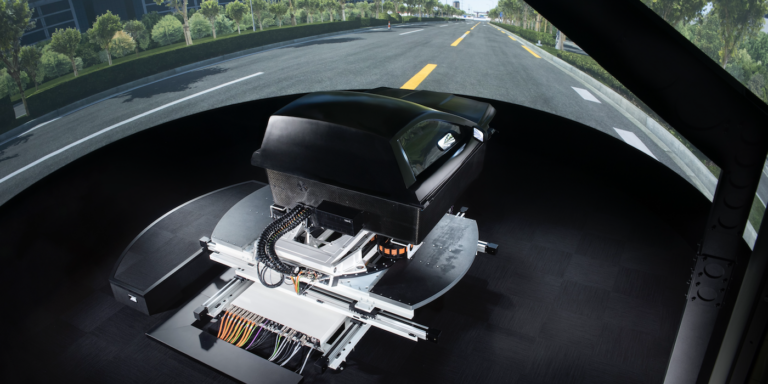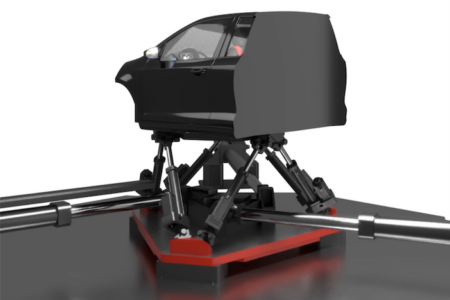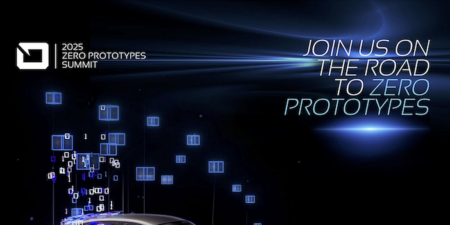A simulator has been developed by Ansible Motion that is intended to help car manufacturers better understand how drivers will cope with and respond to the rising number of driver assistance (ADAS) and autonomous (AI) automotive technologies. This latest iteration of Ansible Motion’s Delta driver-in-the-loop (DIL) simulator provides a safe and repeatable laboratory environment to test and validate the ADAS systems that are increasingly being fitted to (or proposed for) new cars.
With the driver assistance systems market set to grow to US$70 billion by 2024, fuelled by vehicle manufacturers pushing toward increasing levels of autonomy to address emerging legislation, the issue of how real people might react to a car receiving more notifications – or even taking control – is one that car makers are investigating seriously, according to the company.
“Car makers are introducing more driver assistance technologies, but their level and method of intervention differs by car brand,” says Kia Cammaerts, founder and director of Ansible Motion. “If a car does something unexpected, we are able to test what the driver and occupant reactions will be in our simulator laboratory, well in advance of cutting any metal. Our latest simulator enables car manufacturers to design better and safer vehicles and assess many proposed technologies early in the design cycle.”
To create the most immersive human simulation experiences, Ansible Motion’s simulator lab in Hethel, Norfolk, has added new features to the Delta system, such as new cabin environments that reflect OEM styling and human interaction features, and new software connectivity that allows deeper environment and sensor simulation, coupled with Ansible Motion’s proprietary motion, vision, and audio environment that ‘tricks’ drivers and occupants into believing they are experiencing a real vehicle and its ADAS or autonomous technologies.
With the ability to create and explore scenarios in a short amount of time, Ansible Motion’s team claims that the simulator can enable engineers to conduct experimental variations that might consume a hundred years’ of testing time in the real world, within a few months. Examples include the validation of autonomous emergency braking (AEB) systems that rely upon multiple sensor feeds and vehicle piloting logic algorithms to respond (in some cases, faster that human response capability) to various situations such as traffic and pedestrian intrusions.
Validating international drivers’ expectations
Other system validation examples include lane departure warnings and assistance, intelligent speed adaption and driver monitoring for drowsiness and distraction. Cammaerts cites a recent example of how drivers in the Chinese market expect different intervention cues for lane departure warning compared to their US counterparts. “There are cultural differences and expectations to respond to audible or visual warnings. Validating this in our simulator prevents frustration, dissatisfaction or confusion when vehicles deployed in different markets are required to interact in critical situations.”
“With the burgeoning need to validate more and more driver assistance systems and autonomous functions, the number of possible scenarios grows every day,” adds Cammaerts. “It’s, of course, impossible to validate every situation on a proving ground test track or in the real world: there simply isn’t time. And in the case of real-world testing, well, some experiments may be quite dangerous, putting people and equipment at risk. Simulation technologies enable car makers to validate their required cases in a controlled lab environment and do so safely and quite efficiently.”





